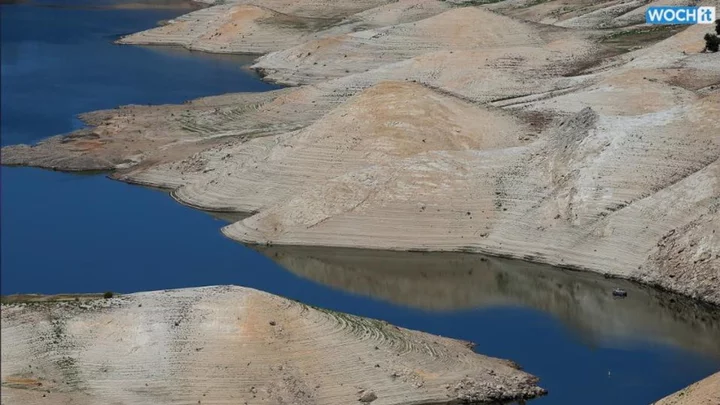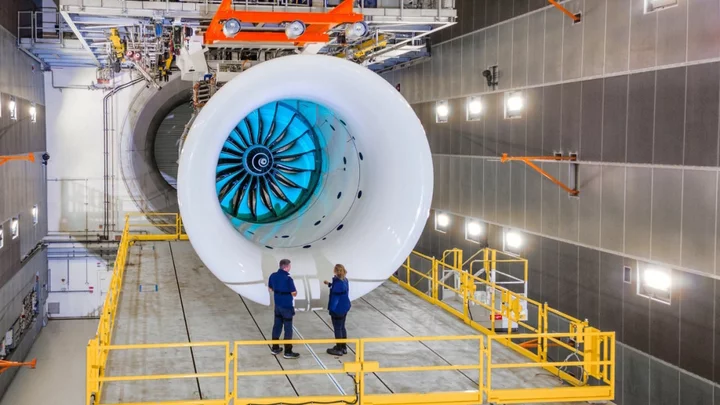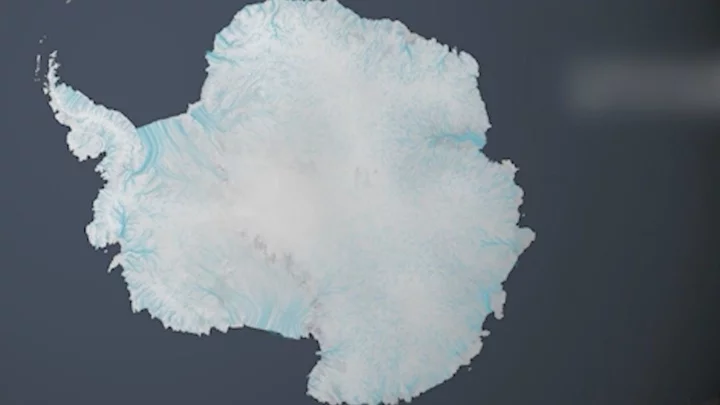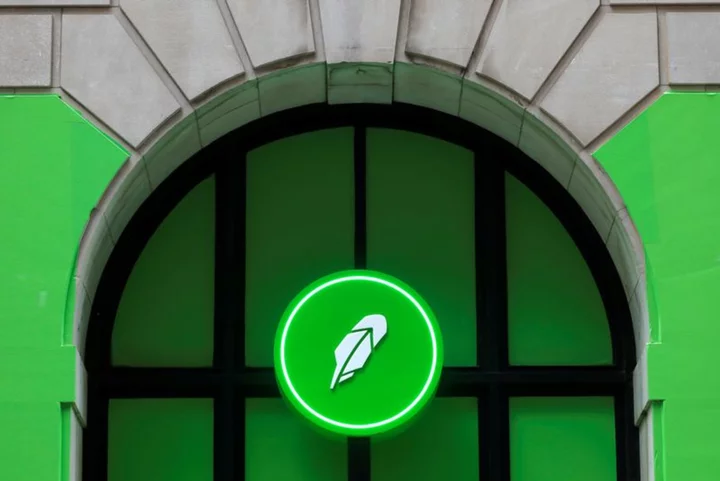Ancient remnants of a long-lost part of the Earth believed to be 120 million years old have been located by experts in Borneo.
New discoveries about our planet are continuously being made by experts, from finding continents that have been missing for hundreds of years to discovering vast oceans hidden beneath the Earth’s crust.
Now, a new amazing discovery revealed details of the 120-million-year-old tectonic plate, now named Pontus.
A prediction of the crust’s existence came when Suzanna van de Lagemaat, a graduate geologist at Utrecht University in the Netherlands, and her supervisor, Douwe van Hinsbergen, analysed geological data from mountains in the Asia-Pacific region.
While studying rock formations in northern Borneo, Van de Lagemaat came across some clearcut signs of the ancient Pontus plate, explaining: “We thought we were dealing with relicts of a lost plate that we already knew about.”
She continued: “But our magnetic lab research on those rocks indicated that our finds were originally from much farther north, and had to be remnants of a different, previously unknown plate.”
Researchers estimate that the Pontus plate, which formed part of the world’s crust before the break up of supercontinent Pangaea, was around a quarter of the size of the Pacific Ocean, based on reconstructions of what it would have looked like 160 million years ago.
Pontus sat beneath the vast ocean that separated Eurasia and Australia at the time. As Pangaeo separated, it’s believed the plate was swallowed up by other plates that carried countries such as The Philippines and Borneo to their current day locations.
Van de Lagemaat’s research focussed on a complex region of tectonic plate activity known as the Junction Region. It runs between Japan, Borneo, the Philippines, New Guinea, and down to New Zealand.
Through her research, she was able to use the data to create a clip reconstructing the tectonic plate movements that have occurred from the time of the dinosaurs up to the present day.
Sign up to our free Indy100 weekly newsletter
Have your say in our news democracy. Click the upvote icon at the top of the page to help raise this article through the indy100 rankings.









